Lingual braces are a special orthodontic treatment option that addresses the aesthetic concerns of individuals in need of orthodontic correction by placing the braces on the tongue side of the teeth. Offering a less noticeable alternative to traditional external braces, lingual braces provide a way to straighten teeth without being visible to others. In this article, you will find detailed information about the advantages, application process, and potential disadvantages of lingual braces.
What Are Lingual Braces?
Lingual braces are specially designed brackets where the braces are placed on the tongue side of the teeth. By directly attaching these brackets to the back surface of the teeth, lingual braces offer an orthodontic treatment option that remains unseen. This feature makes them particularly appealing to adults with aesthetic concerns.
Advantages of Lingual Braces
- Invisible Treatment: Lingual braces are not visible from the outside since they are placed on the non-visible side of the teeth, making them an ideal option for individuals with aesthetic concerns.
- Custom Design: Lingual braces can be custom-designed for each individual’s dental structure, providing a more effective and comfortable treatment process.
- Comfort on the Tongue Side: Placed on the tongue side, lingual braces do not come into contact with the tongue and inner cheek tissues, offering a comfortable treatment process.
- Comparable Effectiveness to Traditional Braces: Lingual braces have the potential to achieve similarly effective results as traditional external braces in correcting tooth alignment.
Application Process of Lingual Braces
- Dental Examination and Planning: Before starting lingual brace treatment, a dentist conducts a detailed dental examination and creates a treatment plan.
- Impression Taking: To produce custom-designed lingual braces for the patient’s teeth, the dentist takes measurements of the teeth.
- Bracket Placement: Lingual braces, specifically designed for the patient, are carefully placed on the tongue side by the dentist.
- Wire Installation: After placing the brackets, a special wire is used to guide the treatment process.
- Regular Check-ups: Regular check-ups are conducted to monitor the effectiveness of lingual brace treatment and make necessary wire adjustments.
Potential Disadvantages of Lingual Braces
- Adaptation Period: As lingual braces are placed on the tongue side, patients may experience a short adaptation period in speech and eating habits.
- Cost: Lingual brace treatment is generally more expensive than traditional external braces.
- Cleaning Challenges: Due to their placement on the tongue side, cleaning lingual braces might be somewhat more challenging.
Conclusion
Lingual braces provide an effective option for individuals seeking an invisible orthodontic treatment. However, like any treatment option, the advantages and disadvantages of lingual braces should be considered. Therefore, individuals considering lingual brace treatment should consult with a dentist to determine the most suitable treatment plan for their individual needs.



















